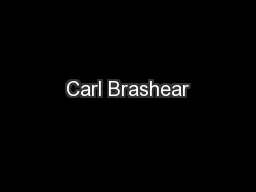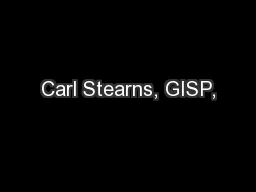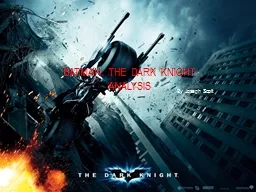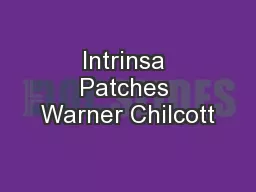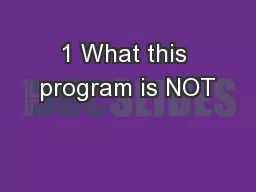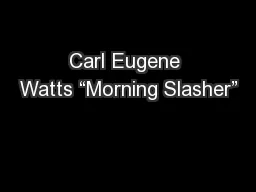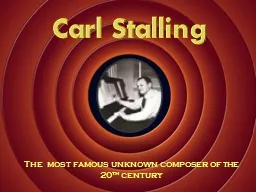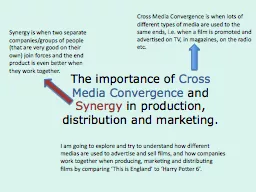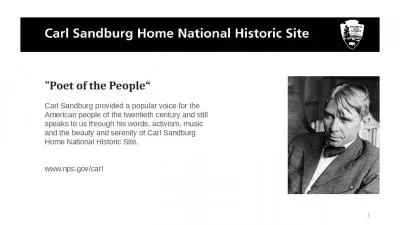PPT-Photo by Carl Warner Photo by Carl Warner
Author : mindeeli | Published Date : 2020-08-26
Photo by Carl Warner Feature Matching and Robust Fitting Computer Vision James Hays Acknowledgment Many slides from Derek Hoiem and GraumanampLeibe 2008 AAAI
Presentation Embed Code
Download Presentation
Download Presentation The PPT/PDF document "Photo by Carl Warner Photo by Carl Warne..." is the property of its rightful owner. Permission is granted to download and print the materials on this website for personal, non-commercial use only, and to display it on your personal computer provided you do not modify the materials and that you retain all copyright notices contained in the materials. By downloading content from our website, you accept the terms of this agreement.
Photo by Carl Warner Photo by Carl Warner: Transcript
Download Rules Of Document
"Photo by Carl Warner Photo by Carl Warner"The content belongs to its owner. You may download and print it for personal use, without modification, and keep all copyright notices. By downloading, you agree to these terms.
Related Documents



